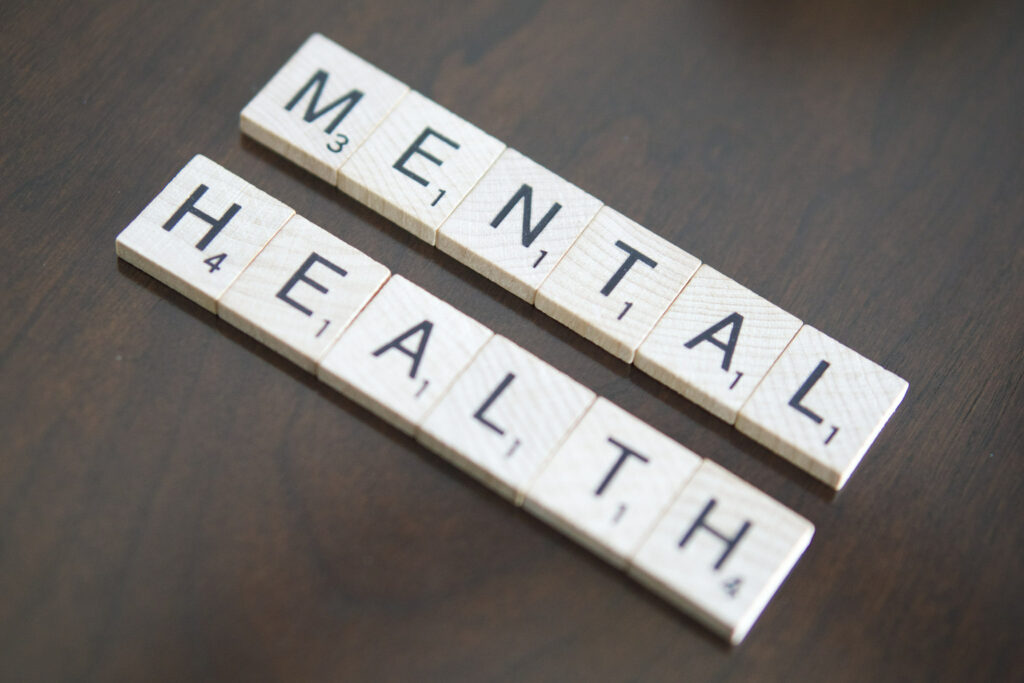A systematic review of 40 studies examined the association between individual or contextual characteristics and help-seeking behavior for emotional difficulties in adults diagnosed with major depression.
The underutilization of mental health care is often discussed as an important issue to be addressed. The authors of this study use the ‘Behavioral Model of Health Services Use’ in attempts to understand this behavior. This model claims that the factors which can explain health behaviors and use of health services include; predisposition to use services, things that enable or impede the use of services, and need for care.

Moreover, the model considers contextual characteristics (e.g., family, national health care system), individual characteristics (e.g., demographic characteristics, education), and accounts for how outcomes also affect health behaviors. The factors that enable and impede service utilization include access to transportation, social support, and financial resources to pay for services, among others. The authors of this review point out that while there have been several quantitative studies published using this model, those that have been more qualitative have been completed within specific populations or on specific factors associated with help-seeking.
The authors of this review aimed to apply the Behavioral Model of Health Services Use to asses individual and contextual characteristics associated with help-seeking behaviors among individuals with a diagnosis of major depression. Professional help-seeking was defined as contacting a health practitioner or service for mental health reasons at least once or receiving therapy including primary care and specialized care in outpatient and inpatient settings. The search concluded with the inclusion of 40 studies which were also assessed for quality by the authors. Sixty percent of the studies were rated as “good”, 35% were rated as “fair”, one study was rated “excellent”, and another as “poor”.
Factors impacting help-seeking accounted for across these select studies included: beliefs, demographic factors, social factors, individual enabling characteristics, individual need characteristics, and contextual characteristics.
Beliefs
Overall, within the “Beliefs” domain, studies found positive association between help-seeking and feeling comfortable with seeking help, having the intention to seek help, and higher external locus of control. Negative associations were found between help-seeking and negative attitudes towards antidepressants, strong desire for social distance, and negative attitudes towards people with depression. Non-significant associations between help-seeking beliefs about improving through or without care, prejudices against persons experiencing mental illness, and beliefs about how other people think about depression were found. There were mixed findings across studies between help-seeking and feeling embarrassed about seeking help.
Demographic Factors
In studies that looked at demographic factors, there was a positive association between help-seeking and being female and age (one study specifically found being middle-aged significantly associated).
Social Factors
Across studies there was a positive association between having more years of education/higher degree, and availability (wait times and help not available in the area). There were negative associations between help-seeking and identifying as Black American, African American, Mexican American, and ethnic minority (when compared to whites), being a Chinese immigrant (compared to those born in Canada), and being a single mother with adult children. Non-significant relationships were identified between help-seeking and cohabitation, household size, pregnancy, and accessibility and acceptability. There were mixed findings across studies on the impact of being married/living as married and social support and help-seeking behaviors.
Individual Enabling Characteristics
Positively associations between help-seeking and health insurance coverage and having trouble concentrating were found across studies. Surprisingly, there were mixed findings between help-seeking and income, health insurance coverage (in American sample of a joint Canada/US Survey) and suicidal thoughts or ideation.
Individual Need Characteristics
The results of this review show that those who had more severe depression and an additional “mental disorder” are more likely to seek-help. Mixed findings were found regarding the association between help-seeking and longer duration of illness, comorbid generalized anxiety, agoraphobia, or panic disorder, comorbid substance dependence, and chronic somatic disorders.
Contextual Characteristics
Only non-significant findings were reported across studies between help-seeking and living in urban or rural areas, comparing American and Canadian samples, between Francophone Canadian and European samples, and across different regions in the U.S.
In summary, predisposing factors are most likely to decrease help-seeking behaviors such as being young or elderly, being male, belonging to certain ethnic groups, and having a lower educational status.
There is some evidence that severity, duration, and comorbid anxiety are related to higher help-seeking. The relationship between help –seeking and other psychosocial variables remains unclear.
Overall, the authors suggest that the results of their review highlight that men, young and elderly adults, people of certain ethnicities, and individuals with lower education status are most at risk for not seeking help and that appropriate intervention to increase help-seeking within these groups are needed. The authors also outline possible explanations for these findings and push for further research on help-seeking behaviors.
The authors point out studies that are attempting this by drawing attention to: “. . . studies . . . on depressed men’s lower help-seeking rates and on men’s delays in medical and psychological help-seeking. Specifically, embarrassment, distress or anxiety related to using health care services, need for emotional control, the perception of symptoms as minor and poor communication with health professionals were identified as barriers for help-seeking among men”
Psychologists have been trying to understand factors and enable and hinder help-seeking for mental healthcare in hopes of increasing access to appropriate and available care. Given the numerous mixed findings, this review shows the answer is complex and we should focus more on subjective perspectives to understand why individuals may not seek care.
****
Magaard, J. L., Seeralan, T., Schulz, H., & Brütt, A. L. (2017). Factors associated with help-seeking behaviour among individuals with major depression: A systematic review. PloS one, 12(5), e0176730. (Abstract)















They seem to be missing one very important aspect of help-seeking behavior: whether or not the “help” sought in the past has been helpful! My guess is that educated white folks are more likely to see the current model as likely to be helpful, while lower income, darker-skinned, and immigrant folks are more likely to view “the system” with suspicion based on bad experiences in the past. This is especially true for those who have sought help and found it damaging, which I would bet my mortgage is more likely to occur the lower in income or SES the person “seeking help” is.
Report comment
Us white women who were trusting, but then gaslighted by ‘the system’ that, according to the medical evidence, likes to profiteer off of covering up child abuse, who have now done our medical research, know today’s ‘mental health system’ is actually an iatrogenic illness creation system, and a defamation and degradation system.
The antidepressants and ADHD drugs can create, what has been misdiagnosed on a massive scale by the doctors as, the ‘bipolar’ symptoms. And the ‘bipolar’ drug cocktails can create what appears to the psychiatrists to be the negative symptoms of ‘schizophrenia,’ via what is actually neuroleptic induced deficit syndrome, and what appears to the doctors to be the positive symptoms of ‘schizophrenia,’ via what is actually anticholinergic toxidrome poisoning.
https://en.wikipedia.org/wiki/Neuroleptic-Induced_Deficit_Syndrome
https://en.wikipedia.org/wiki/Toxidrome
And, of course, gaslighting people, then massively poisoning them, constitutes a ‘mental abuse system,’ not a ‘mental health care system.’ But what’s good is the medical evidence is coming in showing that most of the psychiatrists likely belong in jail for aiding and abetting child molesters, by defaming and turning millions of child abuse victims into the ‘mentally ill’ with the psychiatric drugs.
An ethical pastor confessed to me that psychiatrists and psychologists covering up the ‘zipper troubles’ of the religions was “the dirty little secret of the two original educated professions.” I just hadn’t expected the medical evidence to come in proving this was still being done on such a massive scale. But given “the prevalence of childhood trauma exposure within borderline personality disorder patients has been evidenced to be as high as 92% (Yen et al., 2002). Within individuals diagnosed with psychotic or affective disorders, it reaches 82% (Larsson et al., 2012).” Obviously, covering up child abuse is the primary actual function of today’s psychiatric ‘system.’
Here’s an insider’s description of how it’s done.
https://www.madinamerica.com/2017/06/mad-psychologist-speaks-out/
Report comment